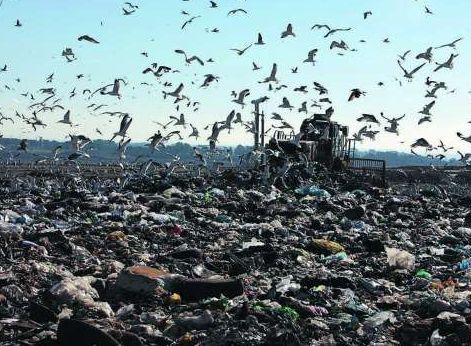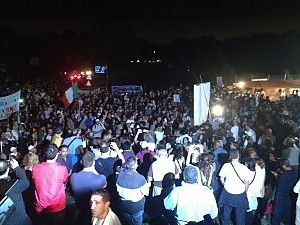Rome's Malagrotta rubbish dump closed at last
Alternative Falcognana site opposed by locals
The Malagrotta rubbish dump west of Rome closed permanently on 1 October after serving as the capital's refuse facility for the last 30 years.
The site chosen to replace the infamous Malagrotta dump – reputedly the largest in Europe – is an existing landfill site at Falcognana, about 15km south of Rome on Via Ardeatina. Falcognara is not far from the religious shrine of Divino Amore (Divine Love), a favourite place of pilgrimage for Pope John Paul II. However the ministry of the environment has not yet signed the final authorisation.
Falcognana locals have been staging large-scale protests and sit-ins, joined by residents of neighbouring Spregamore, S. Maria delle Mole, Castel di Leva and Porta Medaglia. Protestors have pledged to block the rubbish trucks from accessing Falcognana and in the first 24 hours after the closure of Malagrotta no rubbish had entered the site.
In an open letter published in some Italian newspapers on 30 September, the owner of Malagrotta, Manlio Cerroni, described his rubbish tip as "the luck and the salvation of Rome", that had saved Romans about €2 billion. He also specified that the dump's post-closure management phase will last until 2043 and that within five years it will be converted into a park.
The closure of Malagrotta has been postponed numerous times in recent years, with the last date for official closure set on 31 December 2012. However opposition and a lack of reasonable alternatives kept it open until 30 September. Several other sites were suggested but none of them became operational and all were opposed by well-organised protests by local residents.
The immediate plan is to transport the city's rubbish out of Lazio to sites further north, but this is certain to increase the capital's waste disposal costs.

























